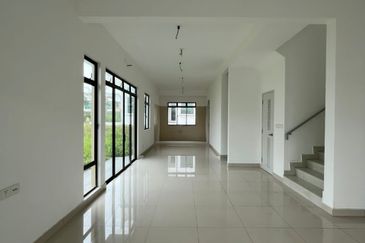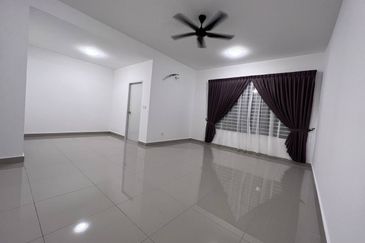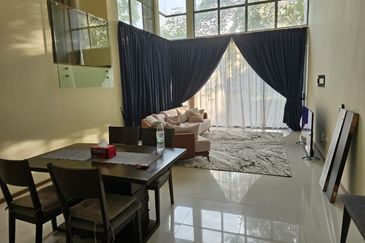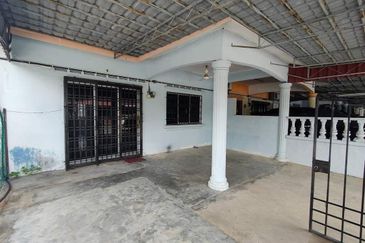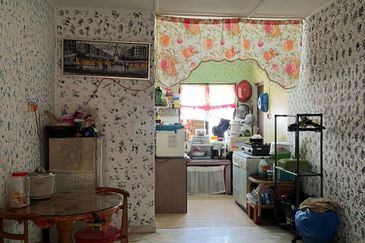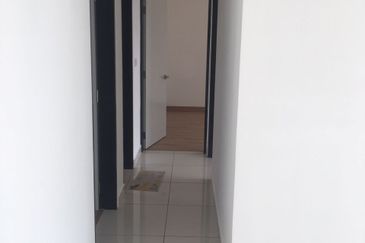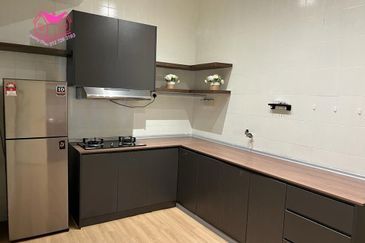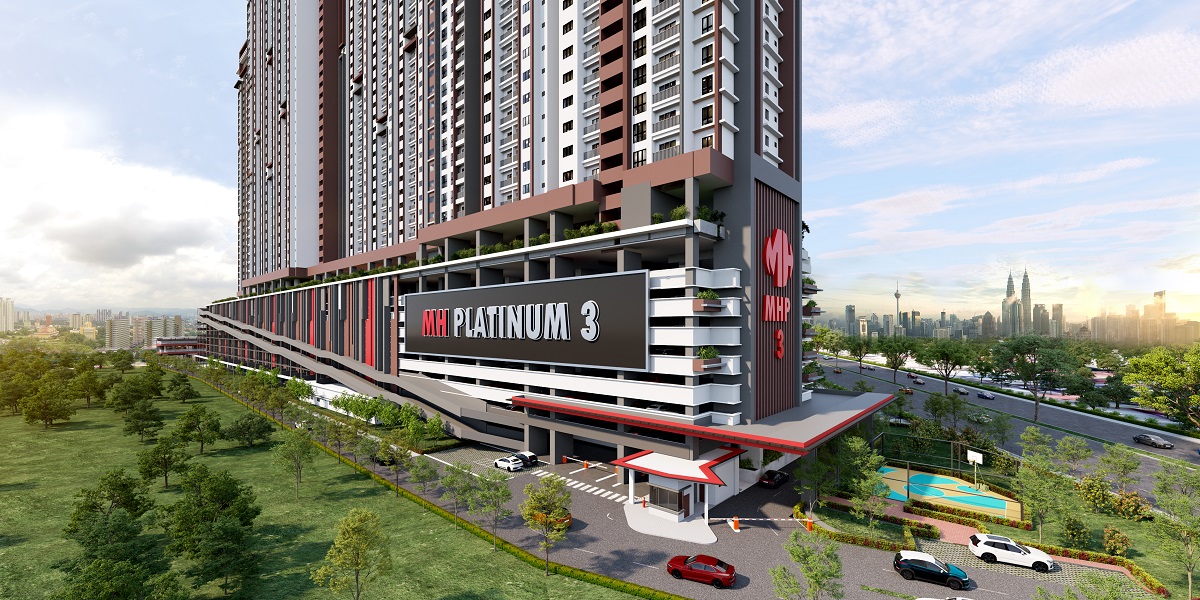Housing prices in Malaysia, especially in the Klang Valley, have been surging in the past year or so, giving rise to concerns that there could be a property bubble. Recent world events, such as Japan’s triple disasters of an earthquake, a tsunami and a nuclear crisis, and uncertainties over the US economy have added to nervousness about their impact on the local economy.
More than 750 participants came seeking clarity and insight into the property market from industry experts at The Edge Investment Forum on Real Estate, themed Buy, Sell or Hold?, on April 9.
They were given the assurance that the Malaysian property market was healthy and well supported by strong demand from a young demographic. Fears of a bubble were also dismissed.

CB Richard Ellis (Malaysia) Sdn Bhd executive chairman Chris Boyd believes the prices of landed property in the Klang Valley, which have surged recently, will plateau soon. In his talk entitled Will housing property prices drop soon? at the forum, he eased concerns over a property bubble by saying bubbles only happen or burst when there is a spike in interest rates or when unemployment rates suddenly increase, resulting in people being unable to sustain their repayments.
Boyd clarifies: “There won’t be a drastic drop in value but a levelling off, where annual growth over two to three years is perhaps 2% to 3% rather than 5% to 6%.”
He cites the price trends of landed property in Selangor and Kuala Lumpur, where a period of growth is followed by a levelling off, as the basis for his projections.
However, he expects demand to remain strong in the long term, supported by young Malaysians, because about 65% of the country’s population is below the age of 35 and would be looking to buy their own homes.
Ho Chin Soon of Ho Chin Soon Research Sdn Bhd believes the areas immediately surrounding the interchanges between the upcoming mass rapid transit (MRT) stations will grow strongly.
In his lively presentation MRT: Real estate hotspots, he sees growth in the southern portion of Kuala Lumpur’s Golden Triangle, namely Bukit Bintang and its surroundings.
Among his reasons are the location of three major MRT stations in the area — at Bukit Bintang-Pudu (Bukit Bintang Barat), Pavilion (Bukit Bintang Timur) and the site of the proposed Kuala Lumpur International Financial District (Pasar Rakyat) as well as the trend of major shopping districts in major cities to converge on densely packed vibrant streets with easy accessibility via underground metro lines such as the MRT.
Ho expects more land in the eastern portion of Bukit Bintang to be converted to developments. Major projects are also located in the south of Bukit Bintang and the southern portion of the Golden Triangle, he notes.
Reapfield Properties Sdn Bhd senior vice-president Gerard Kho, in his presentation Talking shop: Investing in shop units, advises participants to look at shopoffices for strong rental yields and capital appreciation.
He classifies shopoffices as typically consisting of three to six storeys with the ground floors reserved for retailers and the upper floors for offices. They are unlike traditional shophouses which are often two to three storeys high with the upper floors used as homes or offices.
Kho says shopoffice investors should look for units fronting massive activity as these give better yields and for a mass of residential developments in the area.
He also names five areas where there is strong shopoffice investment potential — Seri Kembangan/Taman Equine, Solaris Dutamas/Mont’Kiara, Bistari de Kota/Kota Damansara, Kota Kemuning and Puchong.
Will BTS work in Malaysia?
Datuk Teo Chiang Kok, director of Bandar Utama developer See Hoy Chan Holdings Group, Real Estate and Housing Developers’ Association (Rehda) Youth member Sam Tan, who is also executive director of Ken Holdings, and Kevin Lam, managing director and country head of personal financial services at UOB (Malaysia) Bhd, share their views in a panel discussion on Build-then-sell: The impact on property prices.
All three agree that although homebuyers can see what they are actually buying in BTS and there is no fear of the project being abandoned, they have to be prepared to pay significantly higher prices for such properties.
The government is expected to make BTS mandatory by 2015.
Teo, whose company is known for its BTS development of Bandar Utama, says the concept is not sustainable in a growing economy like Malaysia which has a housing backlog.
He adds that steep upfront costs, no progressive income and higher financing costs, among others, will cause an estimated 70% drop in the number of developers if BTS is implemented, thus reducing the number of houses. “Demand will exceed supply, which will drive prices even higher.”
For BTS to work, says Teo, all parties, including the authorities, banks and buyers, must deliver.
Rehda Youth’s Tan agrees, saying that Malaysia is not ready for the full implementation of BTS due to the lack of a strong framework and its negative impact on the economy.
“A reduction in supply in the housing industry will greatly and adversely impact the economy. The housing sector, which drives about RM20 billion of the country’s economic and business activities, will wipe out a portion of GDP,” he says.
BTS already exists in the secondary market, which accounts for 88% of property transactions based on figures from the National Property Information Centre, he adds.
According to UOB’s Lam, the adoption of BTS will shift the cost of financing and completion risk to the developers and bankers.
He believes the mandatory implementation of BTS may bring about a higher rate of abandoned projects, bankruptcy due to cash flow issues and high gearing, which can result in an environment where only the fittest, most financially sound and most reputable developers will survive.
This article appeared in City & Country, the property pullout of The Edge Malaysia, Issue 854, Apr 18-24, 2011
TOP PICKS BY EDGEPROP

Residensi Hijauan (The Greens)
Shah Alam, Selangor
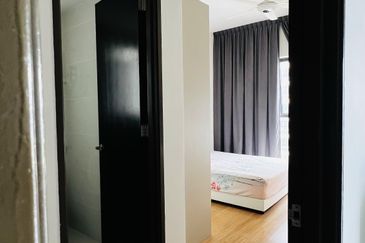
Baypoint @ Country Garden Danga Bay
Johor Bahru, Johor
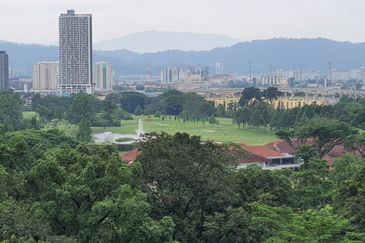
Menara Bintang Goldhill
Bukit Bintang, Kuala Lumpur
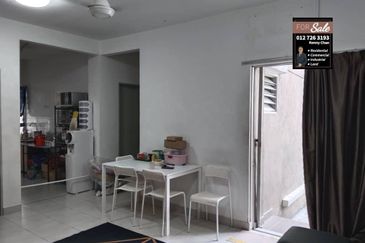
Pangsapuri Akasia, Bandar Botanic
Bandar Botanic/Bandar Bukit Tinggi, Selangor
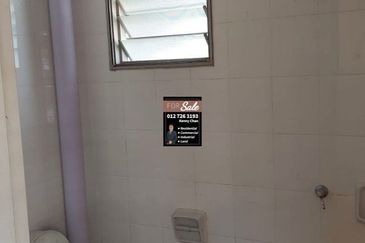
Pangsapuri Akasia, Bandar Botanic
Bandar Botanic/Bandar Bukit Tinggi, Selangor

Bandar Bukit Tinggi
Bandar Botanic/Bandar Bukit Tinggi, Selangor

